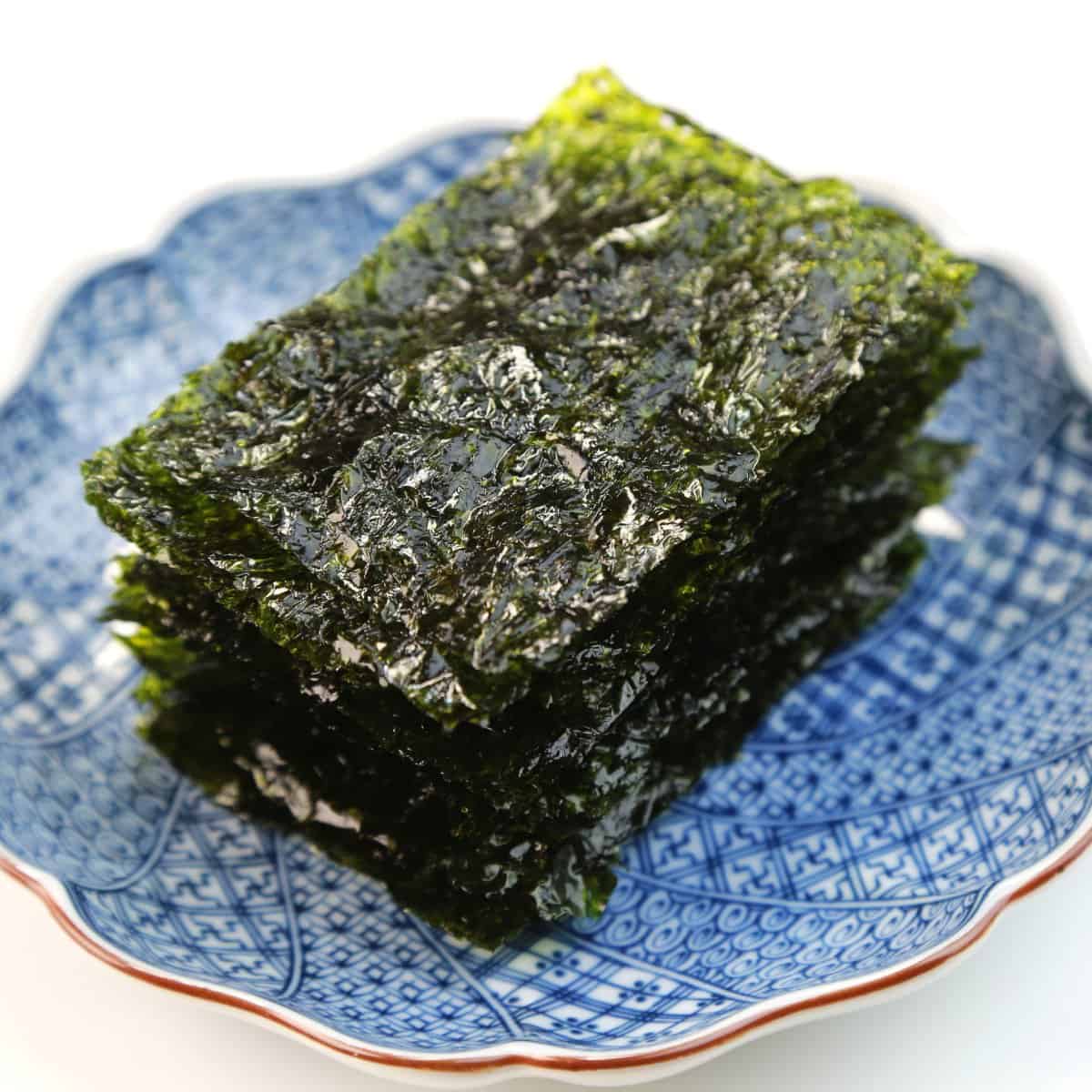Pyropia: The Superfood You Need to Try Today!
Pyropia, also known as laver, is a type of edible seaweed. It’s a type of algae that grows in the ocean. It’s often used in Asian cuisine and has a unique flavor and texture.
It’s a type of edible seaweed that’s often used in Asian cuisine. It has a unique flavor and texture and is often used as a wrap for sushi or in soups and stews. It’s been used in Japan for centuries and is known as “nori” in the US.
So, what is pyropia? Let’s look at the definition, origin, and health benefits of this unique seaweed.


Check out our new cookbook
Bitemybun's family recipes with complete meal planner and recipe guide.
Try it out for free with Kindle Unlimited:
Read for freeIn this post we'll cover:
Pyropia: Exploring the Dynamic Compound of the Ocean
Pyropia is a red seaweed that has a long history of being utilized by different countries around the world. It is mainly found in the ocean and is composed of a variety of compounds that play a significant role in the marine ecosystem. Pyropia is also known as nori in Japanese and laver in English.
The Key Compounds in Pyropia
Pyropia is composed of a variety of compounds that are essential to its function and the role it plays in the ocean. The main compounds found in Pyropia include:
- Proteins
- Carbohydrates
- Lipids
- Pigments
- Vitamins
- Minerals
These compounds work together to create a dynamic seaweed that has a variety of uses and benefits.
The Importance of Pyropia
Pyropia is highly important for a variety of reasons. It is a source of food for many different generations and is utilized in a variety of dishes around the world. It is also a source of energy for marine life and plays a key role in the marine ecosystem.
In addition to its importance in the ocean, Pyropia is also important for humans. It is rich in essential vitamins and minerals that are needed for a healthy diet. Pyropia is also used in the production of different products, including cosmetics and medicines.
The Production of Pyropia
Pyropia is mainly produced in countries like China, Japan, and Korea. The seaweed is grown in water and is then harvested and dried. The resulting dry blades can be used in a variety of ways.
The production of Pyropia is a complex process that involves a variety of factors, including the water quality, the size and scale of the production, and the level of control needed to produce high-quality seaweed.
The Potential Effects of Pyropia
Research has shown that Pyropia has a variety of potential effects on the body. These effects include:
- The ability to control excess weight
- The ability to increase energy levels
- The ability to improve skin health
- The ability to reduce the risk of certain diseases
While these effects are not yet confirmed, they suggest that Pyropia may have a variety of benefits for humans.
Pyropia: A Nutritional Powerhouse for Foodies
Pyropia is a versatile ingredient that can be used in a wide range of dishes. Its sweet and fresh flavor makes it a popular choice for sushi rolls and other Japanese dishes, but it can also be used in salads, soups, and stews. Here are some other ways that pyropia is used in food production:
- Pyropia is often dried and used as a seasoning for rice dishes, noodles, and vegetables.
- It can be used as a natural food coloring, giving dishes a vibrant red color.
- Pyropia is also used in the production of nutritional supplements and enrichment of other food products.
The Importance of Pyropia in Agriculture and Human Health
The nutritional content of pyropia has led to its use in a number of agricultural and health programs around the world. Here are some examples of how pyropia is being used to improve human health and agricultural practices:
- The National Seaweed Development Program in China has placed a strong emphasis on the production of pyropia, recognizing its potential as a valuable food source.
- The East Asian Foundation for Agricultural Development has conducted research on the nutritional content of pyropia and its potential to improve human health.
- Studies have shown that the consumption of pyropia can help to maintain consistent blood sugar levels and increase the body’s ability to absorb nutrients.
The Price and Availability of Pyropia
Pyropia is widely available in many countries around the world, and can be purchased in a variety of forms, including fresh, dried, and as a seasoning. However, the price and availability of pyropia can vary depending on a number of factors, including the following:
- The quality and content of pyropia can vary depending on the species and the area in which it is cultivated.
- The demand for pyropia is highest in Japan, where it is a key ingredient in many traditional dishes.
- The limited production of pyropia in some areas can lead to higher prices for consumers.
Conclusion
So there you have it- everything you need to know about pyropia and why it’s such a great addition to your diet.
I hope this has been helpful and you can now enjoy this delicious seaweed with confidence.
Check out our new cookbook
Bitemybun's family recipes with complete meal planner and recipe guide.
Try it out for free with Kindle Unlimited:
Read for freeJoost Nusselder, the founder of Bite My Bun is a content marketer, dad and loves trying out new food with Japanese food at the heart of his passion, and together with his team he's been creating in-depth blog articles since 2016 to help loyal readers with recipes and cooking tips.
